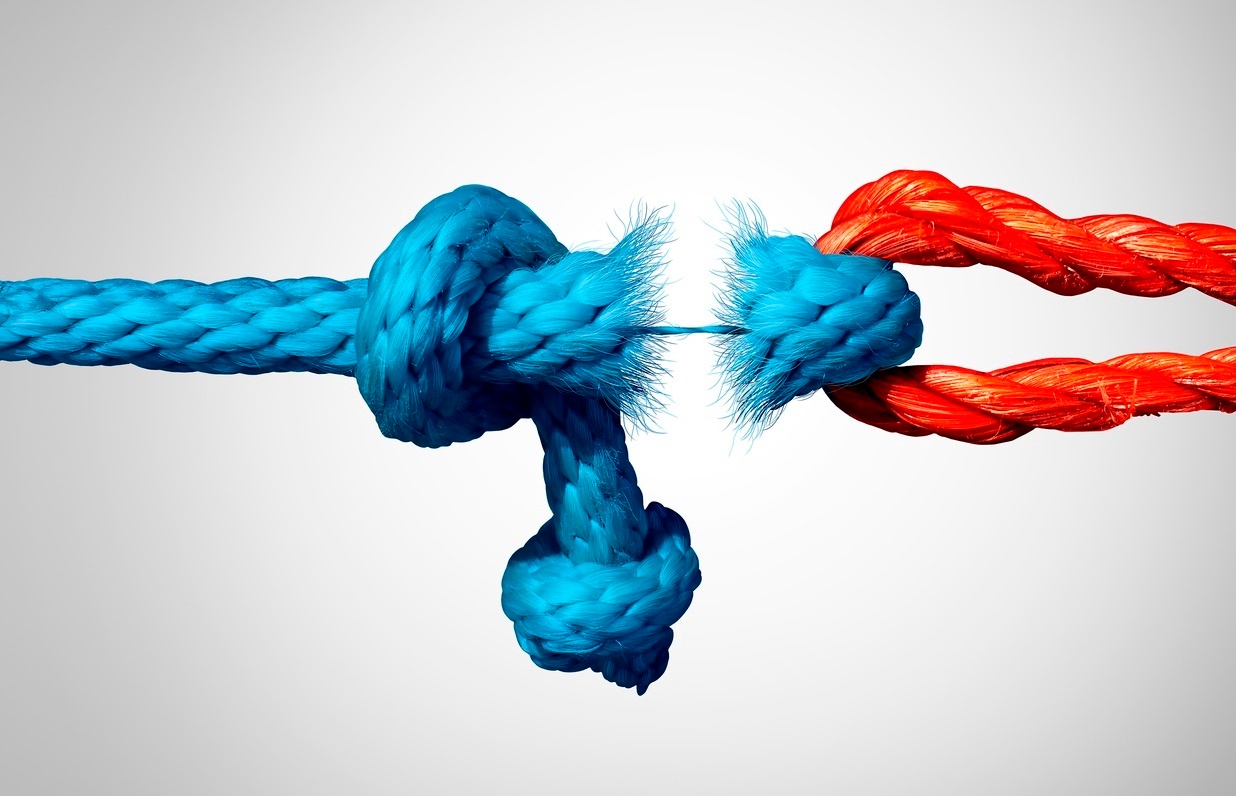Is the Traditional Loyalty Marketing Model Broken?
Aug 24, 2016 / By Vanessa Horwell
According to the 2015 Colloquy Customer Loyalty Census, American households have memberships in an average of 29 loyalty programs, but are active in only 12 of them.
What gives? Some blame a kind of loyalty fatigue: Whether it’s airline miles, “cashback” account credits, retailer discounts, gift cards, coupons, or BOGO offers, the list of rewards goes on and on, but is hardly original. Some blame the loyalty marketing model. Despite many technological advances (and evolving consumer preferences), the options for redeeming reward points within typical loyalty programs haven’t changed much over the last two decades.
Some brands, guided by the mistaken belief that a "value is value" ethos will always win, dip into the Basic Rewards Well time and again. Ninety-seven percent (97%) of loyalty programs rely on transactional rewards (i.e., a model in which the customer’s purchases earn them points to use toward gifts, merchandise, or cash) but 77% of transaction-based programs fail in the first two years.
Consumer fatigue may not be the real source of the problem. Ultimately, most loyalty marketing models rely on extrinsic rather than intrinsic motivators – even though research shows that genuine loyalty largely has more to do with the latter than the former.
A reported 80% of consumers say loyalty is primarily driven by likability and trust. Meanwhile, individual purchases aren’t driven by points redemption – they’re driven by price (81%), quality (80%) and convenience (55%).
“Explicit drivers, in terms of loyalty schemes, are not driving value for [brands] in the right way,” says Ben Pask, founder of UK-based marketing consultancy Rare. “They are not incentivising the right behaviour or enticing people to come back.
“Brands don’t necessarily focus much time on that,” he continues. “If trust is low and quality of service doesn’t ring true, you are wasting your time, effort and energy. It’s about taking a step back and looking at the behaviour you want to incentivise.”
It’s also about rethinking the rewards cycle
Shouldn’t loyalty rewards be more than make the purchase, earn the reward, rinse, repeat? To further the likability and trust between a brand and its customers, companies need to consistently use the intelligence from their loyalty programs to improve their performance (and make program members aware of how their involvement enhances the experience).
Author Simon Uwins, who specializes in loyalty marketing, outlines the following four steps as the most important foundation for genuine customer loyalty:
- Reward your customers
Yes, this is the obvious part… but it’s still important. The key is to find a way to say “thank you” without making a customer feel manipulated into participating in a program just to get a fair shake. Uwins notes how many U.S. consumers feel that they’re “forced to carry supermarket cards just to get half-decent prices” while more unconditional, no-strings-attached approaches (the voucher or discount on a return purchase, for example) may be a better way to show gratitude.
- Make them feel special
Here’s where intrinsic factors come into play. Humans are emotional beings, and growing a true attachment to a brand requires feeling that the brand values the customer as an individual – not just "another" user or shopper. Personalization strategies – such as targeted offers based on buying activity, custom recommendations, or timely reminders – go a long way in making a customer feel special.
- Improve their experiences
Loyalty programs do more than encourage repeat purchases – they also provide companies a wealth of intelligence on shoppers’ behaviors and activity levels. That information should be leveraged by brands for their own improvement (regarding pricing, product availability, efficiency, and other concerns) and to consistently improve the individual shopper’s buying experience through personalization and tiered rewards that honor escalating engagement over time.
- Stay in touch
Fostering true loyalty requires more than just thanking customers when they shop; it also requires reminding customers that they matter to you and compelling them to return. Don’t neglect the importance of continued contact within the loyalty cycle. If you give your customers the opportunity to forget your brand, they’ll take you up on it.
Want to read more loyalty program challenges and effectiveness? Read more of our blog posts about loyalty now.
Sign up for our insights on the convergence of business and PR





